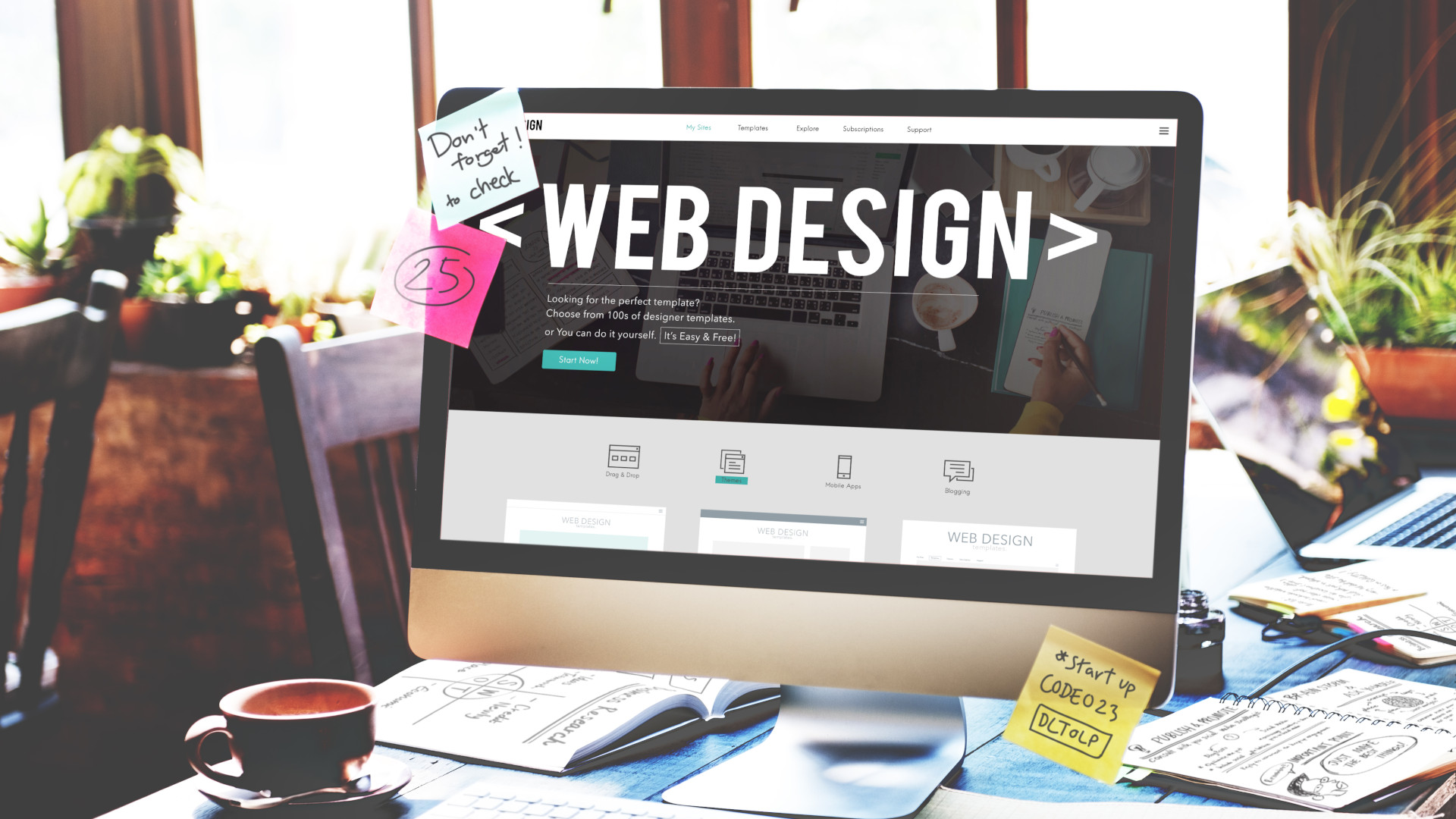Unique Website Design Services to Boost Your Brand’s Digital Experience
Top Tips for Creating an Impactful Site Style That Transforms
In today's electronic landscape, the significance of an impactful site style can not be overemphasized, especially when it concerns converting site visitors into consumers. To accomplish this, one have to consider a selection of factors, consisting of recognizing the target market, focusing on user experience, and maximizing for mobile platforms. In addition, the strategic use of compelling call-to-actions and a well-defined aesthetic power structure plays a vital duty in guiding customers through their journey. As we discover these necessary components, it becomes noticeable that the success of your website depends upon more than just aesthetic appeal; it needs a thoughtful method to design and performance.

Understand Your Target Target Market
Recognizing your target market is essential to efficient site design, as it prepares for producing an engaging customer experience. Determining that your individuals are, including their demographics, preferences, and actions, allows designers to customize the site's web content, design, and capability to satisfy certain demands.
Carrying out extensive marketing research is vital in this process. Studies, interviews, and analytics can supply valuable insights right into user assumptions and discomfort points. By assembling this information, designers can develop user characters that represent various sectors of the audience, making certain that design choices are educated and relevant.
Moreover, understanding the target audience aids in selecting suitable layout elements such as color pattern, typography, and images that resonate with users. A web site that talks directly to its audience promotes a feeling of link and trust fund, encouraging longer check outs and greater conversion prices.
Ultimately, a user-centered method to web site layout not just enhances user contentment but also supports business goals by driving engagement and commitment. By prioritizing the demands and choices of the target audience, a web site can properly offer its objective and attain desired outcomes.
Prioritize User Experience
To enhance the overall efficiency of a web site, focusing on individual experience (UX) is necessary (Website Design). A properly designed UX makes certain that site visitors can browse the website effortlessly, discover info swiftly, and engage with content meaningfully. This results in enhanced user complete satisfaction and higher conversion prices
Begin by applying intuitive navigating. Menus needs to be practically structured, permitting individuals to locate key locations of the website with very little effort. Consistency in layout components, such as color design and fonts, cultivates knowledge, which is important for preserving user engagement.
In addition, think about the loading rate of your web site. A delay of simply a few secs can bring about substantial drop-offs, as individuals are less most likely to wait for a slow-loading web page. Improving images and maximizing code can improve performance and maintain site basics visitors.
Moreover, quality in content presentation is important. Use concise, appealing language and separate message with visuals to boost readability. By prioritizing individual experience, you not just develop a more enjoyable setting for visitors however additionally strengthen your brand's trustworthiness. Inevitably, an emphasis on UX is a financial investment in the long-lasting success of your web site.
Maximize for Mobile Devices
Maximizing for mobile gadgets is essential in today's digital landscape, where an increasing number of users access sites via smartphones and tablet computers. A mobile-friendly layout not only improves user experience yet likewise plays a substantial function in boosting online search engine positions. To achieve this, it is vital to adopt a receptive design that immediately adapts to various screen sizes and orientations.

Filling speed is one more critical aspect; mobile customers are generally much less patient and anticipate quick accessibility to info. By prioritizing mobile optimization, you guarantee that your web site remains competitive and successfully involves a broader audience.
Usage Engaging Call-to-Actions
A website's my link performance frequently pivots on its capacity to guide visitors toward preferred activities, making engaging call-to-actions (CTAs) essential components of design. CTAs work as the essential factors that route users to engage with the site, whether that implies buying, registering for an e-newsletter, or downloading and install a source.
To create efficient CTAs, clearness is vital. Use concise language that clearly connects the activity you desire the individual to take.
In addition, think about using directional signs, such as arrowheads or images, to lead customers towards these buttons. By concentrating on these aspects, businesses can dramatically enhance customer engagement, driving conversions and inevitably accomplishing their website's objectives.
Focus on Visual Pecking Order
Effective web site design depends heavily on a well-structured visual power structure that guides customers through material effortlessly. By organizing aspects in a way that focuses on information, developers can improve customer experience and facilitate decision-making. This entails utilizing dimension, shade, contrast, and spacing tactically to accentuate the most critical elements of a page.
Using bigger font styles for headings and subheadings develops a clear distinction between various areas, allowing users to scan material effortlessly. In addition, employing contrasting colors for switches and calls-to-action can record customer attention and motivate interaction. Whitespace is an additional essential element; it prevents clutter and enables individuals to concentrate on crucial messages without disturbances.
Images and graphics should match the text while likewise sticking to the well-known hierarchy, reinforcing the overall message (Website Design). Consistency in design elements, such as color pattern and typography, further strengthens the visual pecking order, making navigating instinctive

Final Thought
In verdict, reliable internet site style demands a detailed understanding of the target audience, prioritization of user experience, and mobile optimization. find more info Inevitably, a well-executed site layout serves as an essential element in driving customer activities and accomplishing organization goals.